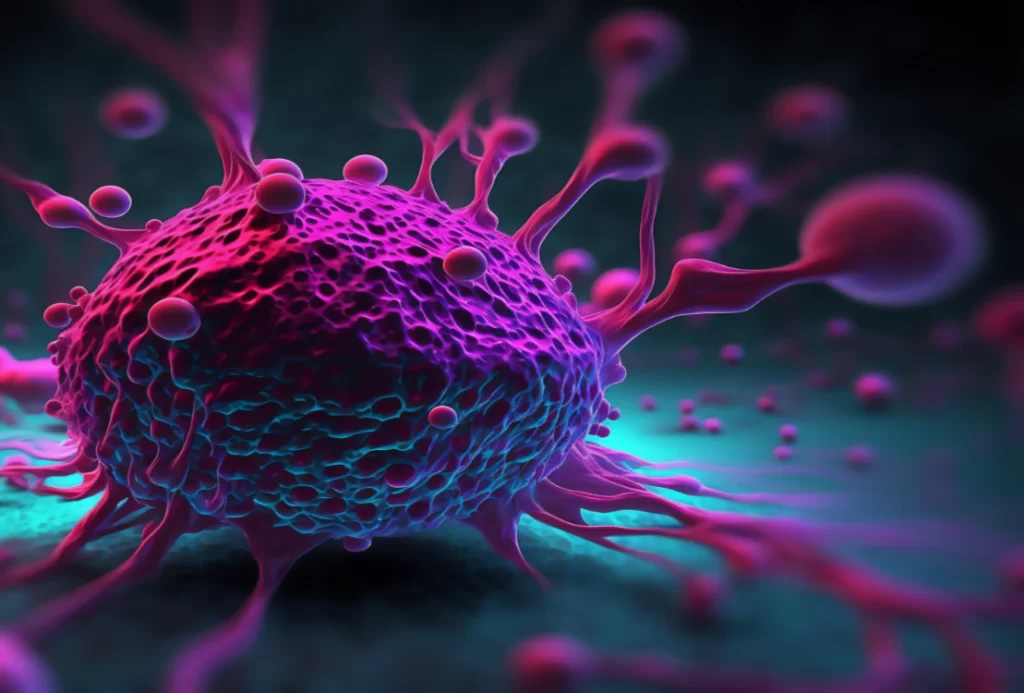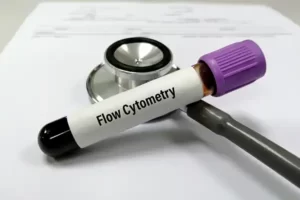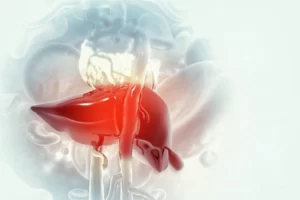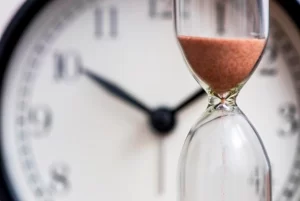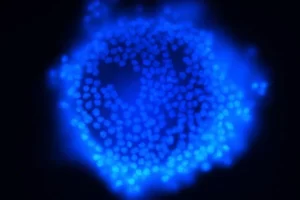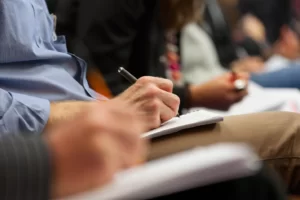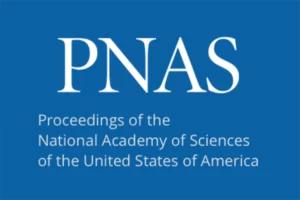Follow our new blog series as we explore themes relevant to multiple disciplines, particularly of interest to those in the cell therapy space.
A conundrum with no apparent solution:
How do you reconcile studies and the scientific measurements that come from them when the samples have low viability and debris? Do you ignore it? Do you try to resolve things bioinformatically? As a scientist, standardization and appropriately controlling your experiments are vitally important to ensure the questions addressed within those experiments can be answered. We know that too many variables can cause inconclusive results, preventing sample-to-sample comparability. Cell therapy researchers are experiencing variability from donors, patients, tumors, etc. Moreover, the quality of sample material after preparation is often compromised with dead cells and biological debris that can diminish confidence in your data. Our team at LevitasBio thinks about this hurdle every day and how this potentially obscures pathways to next-generation therapies.
Some of the most interesting problems within cell therapy research require a wide range of tissues that contain notoriously problematic amounts of dead cells and biological debris. These compromised samples can arise from the differentiation or editing process, working with and dissociating solid tumors and tissues, or thawing any samples that are cryopreserved before processing.
Low sample quality is one of the biggest obstacles to assay performance, yet it often gets overlooked or ignored due to time-consuming protocols, the risk of low recoveries of target cells, or losing the sample altogether. Some researchers are concerned about inducing transcriptome-wide alterations with certain sample preparation technologies, such as flow cytometry sorting. Another common worry is how the endogenous components of dead cells and debris can activate the immune system through their intracellular and extracellular pathways (Cell DOI 10.1016/j.cell.2010.02.014).
If you had cleaner samples to start with, how would that change your outcomes? How would this impact your results? Could you maintain that high-level of control over your sample and ensure that your standardization is upheld? Would it make it easier to trust your discoveries?
A cleaner starting sample will yield more accurate results and reduce overall experimental cost. In particular, cell therapy can stand to benefit from a higher standard and can benefit from a more thoughtful approach to sample preparation.
Begin standardizing the cellular input of your cell therapy research and discovery assays. Let the LeviCell systems and Levitation Technology take care of the burden of sample preparation, while you focus on making groundbreaking discoveries.

